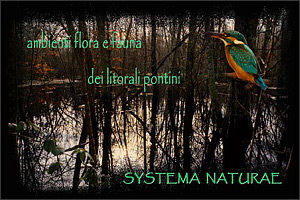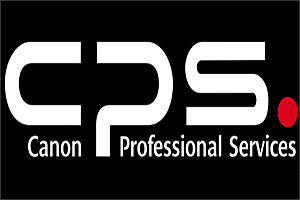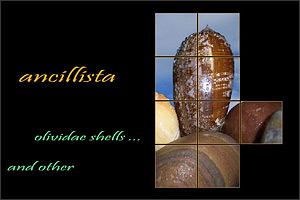 |
There is probably no place in the world where Nature and Nature Photography are so deeply rooted and constitute a real salient feature of the cultural universe of a people, than the United States of America and, in particular, the "western states".
In fact, Oregon, California, Utah, Arizona and Nevada represent a real treasure trove of Great American Nature and here, especially in California and Oregon, were we can well say that naturalistic photography was born. In fact, already in the first half of the '900 Ansel Adams, Jhon Muir and some other enlightened naturalists paleophotographer used to capture with their cameras (sometimes real trunks with bellow) the majesty of Yosemite, Yellowstone or the Olimpic Peninsula. Always here was born the first American park that, many do not know, it was not Yosemite just because Yellowstone was able to carry out first the bureaucratic formalities for official recognition.
However it is actually Nature with the capital "N" and from all points of view; both the landscapes and the places, that the fauna and the avifauna, here are, in fact, majestic. From the redwoods forests of the Olimpic Peninsula to the entire coast of Oregon, one of the icons of landscape photography. From the brown bears of Vancouver Island to the endless sea elephant colonies of the Big Sur, coast defined by many as the most spectacular coastline in the world. From the expanses of Joshua threes of the Mohave desert to the extraordinary tufaceous structures of the fantastic Mono Lake. Not to forget the majesty of the calcareous spiers of Yosemite or the sunny moors of the Valley of Death.
Nothing will miss on this journey: landscapes, animals, mystery and culture. So let's dive into this majesty and share one of the most beautiful experiences that a nature photographer can aspire to.
|
 |
 |
The tour will take place through two nations and six American states.
The area intrested will be that of the legendary West that we have learned to love for having seen and reviewed in many movies and documentaries.
These are the historical states of American protectionism as well as the birth of nature photography.
Even the environments will be the most disparate because it will go from very north states with almost arctic and very green climate like the Oregon to drier climates and relatively drier landscapes such as California, up to decidedly hot and dry conditions like Nevada, Utah, Arizona and the desert part of California. |
 |
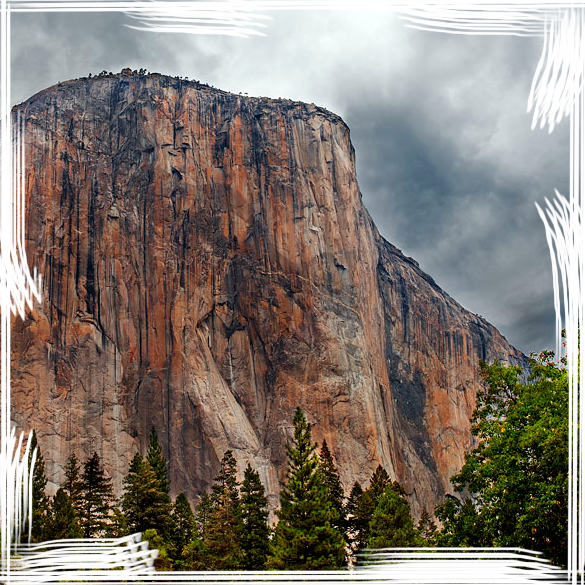 |
As already mentioned, the photographic ideas will be almost infinite.
This is a journey that will be oriented in equal measure to the landscape and to the photography of animals among which the large mammals such as bears, bison, elk, marine elephants and much more will be the main attraction. But also the birdlife and the small fauna will be constantly present. As for the landscapes we will go from the wet and rainy areas of the North to the warm and dusty ones of the South.
So, as specified below, the equipment, never as now, will have to be complete and professional.
There will certainly be night sessions as in many of these areas the nights will be really clear.
In short, anyone who participates (and whatever his interests are photographic) will certainly be more than satisfied with what the nature of these places will make available to us. |
 |
|
 |
 |
The tour will take place through two nations and six American states.
The starting point will be Seattle in the state of Washington where we will stop for 3 nights. From here, we will arrive on Vancouver Island in Canada and on the Olimpic Peninsula. We will descend the Oregon coast to San Francisco where we will stop again.
We will then continue to the Bay of Monterey and the Californian coast of Big Sur from which we will head inland towards the Yosemite Park. From here we will cross the Sierra Nevada up to the Mono Lake. We will descend along the eastern side of the Sierra to the Death Valley and Las Vegas where we will stop to stop and visit the Grand Canyon of Colorado, the Antelope Canyon and the Mohave desert. The trip will end in Los Angeles where we will take the plane for the return to Italy. |

|
|
 |
 |
The climate on the West Coast
In this corner of the United States and during this trip, we will find different types of climate. We will move, in fact, along three quarters of the northern meridians and this justifies a wide variability of time and climate. Seattle, for example, in the period in which we will visit it (and with it the coast of Oregon) has temperatures between 10° and 20 ° and a very low rainfall. We could say ideal conditions. But we will have to wait also sensitive microclimatic areas such as in the Olimpic Peninsula.
The climate of California is, however, very variable. A couple of data may be examples: The Californian territory extends, from 4421 m to 86 m in altitude: These two values represent the maximum and minimum altitude above sea level throughout the state. The first refers to the height of Mount Whitney, located in the Sierra Nevada mountain range, which serves as the "backbone" of California; the second value refers to the altitude of the salt desert of the Badweter Basin, a depressed area in the Death Valley, just 120 km east of the Whitney (as the crow flies).
Finally, the climate in the desert areas of the country (Utah, Colorado, Nevada and Arizona) is naturally much hotter and drier, even if the period will give us a big hand. We must always consider, however, that the temperature ranges from day to night, or in the evening, or even on the same day if the weather worsen, can also be remarkable. Never as in this trip, therefore, we will have to be ready for every need and provide clothing that can guarantee optimal conditions in all situations. |
|
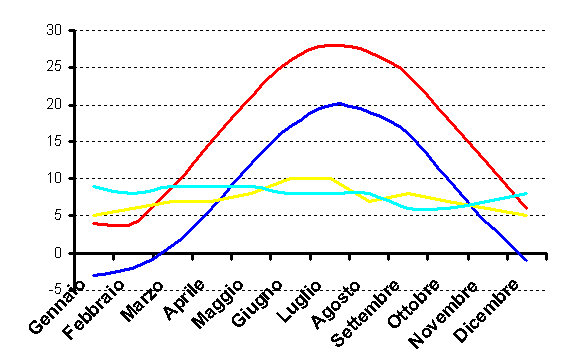
| |
|
summer temperature |
|
sun |
| |
|
winter temperature |
|
rain |
|

|
|
The climate and photography
The temperatures will not be, as we have seen, very rigid. Therefore all the general recommendations for the protection of the equipment apply. We will therefore have to, as always, watch ourselves from:
Steam - especially in geysers and geothermal areas
Condensation - especially at night and in the dawns
Water spray - especially when photographing the waterfalls and in the beaches in the presence of wind that will spray the water.
Instead, we will have a lot of dust, especially in the desert areas of the south.
Given all of this, a plastic cover is recommended to protect the equipment during the operational phases as specified in the equipment section.
|
How to dress
As mentioned the climate in this part of the United States, and during this period it should be fairly temperate even though we are heading towards the winter season.
But, in practice, especially in the first part of the journey, we are very far to the north and in a place where winds prevail. So the clothing will still have to include some winter and heavy garments.
We will also photograph in the early hours of dawn which are the coldest ever.
The secret of clothing suitable for harsh climates is to dress in overlapping layers (so to speak "onion").
Some advice on clothing analytically:
Internal t-shirts
Do not contact your skin with cotton t-shirts:
It's the most wrong thing you can do. In fact, these are impregnated with sweat and then freeze on them.
It is necessary to use internal thermal shirts that let the skin breathe and protect from the cold.
There are thermal clothing of all kinds: t-shirts, pants, slippers, socks, gloves, etc.
Tights
Very advisable for the colder hours. They are selling thermals but the classic wool ones are very good too.
Sweaters
The most insulating in absolute are those of Pile. The ideal would be to have a couple of different heaviness.
Balaclava
Very useful I would say in certain fundamental situations. Those in fleece are very hot. Otherwise the thermal ones.
Gaiters
Very useful because it seals the space between the bust and the neck which is always a critical point
K way
A garment that must not be missing is a K-Way or a light raincoat.
Umbrella
A small foldable umbrella is recommended. |
|
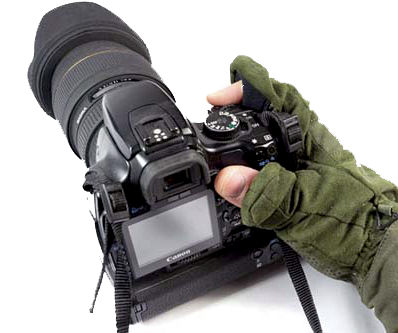 |
 |
| Photographer gloves |
K-way |
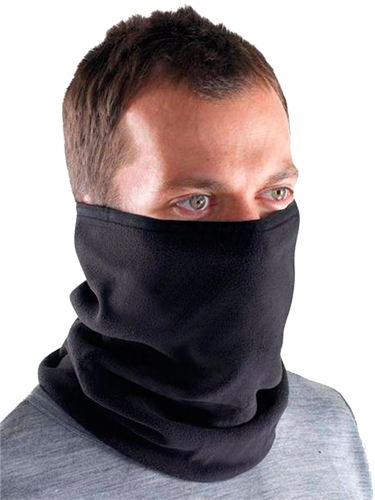 |
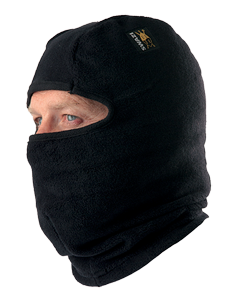 |
| Gaiters |
Balaclava |

|
|
 |
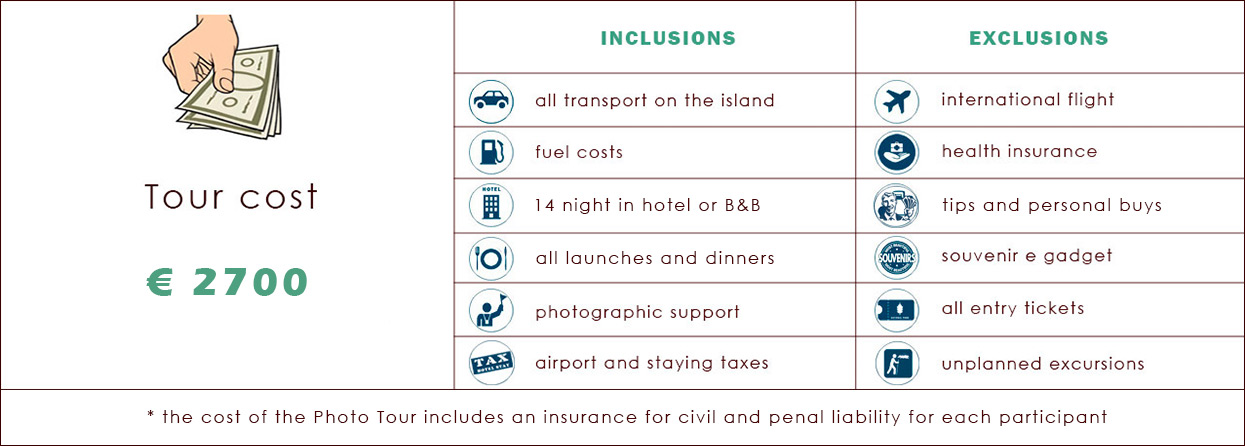
| STATO DELLE PRENOTAZIONI |
| P1 |
guide |
P4 |
free |
P7 |
free |
|
|
| P2 |
sold |
P5 |
free |
P8 |
free |
|
|
| P3 |
free |
P6 |
free |
P9 |
free |
|
|
|

Voluntary drivers
As a mini van will be rent for travel, we will need to indicate a second driver in addition to the driver of Adventure Photo Tour. The participant who will propose for this task will receive a discount of € 150 on the cost of travel. Presumably he will never have to drive but for any eventuality he will have to give his availability after signing a declaration. The guide in Iceland does not present particular difficulties because the spaces are immense and the cars are few. A bit of effort is required only in any off-road. |
|

Healt Insurance & Release
It is strongly recommended to stipulate a health insurance valid for the country in which you go. This regardless of the type or difficulty of the trip. Participants can take out their own insurance or take advantage of the insurance plan proposed by Adventure. The cost of the insurance is not included in the cost of the tour.
All participants will be subjected to a (compulsory) release that releases the organization from health responsibilities.
|
|
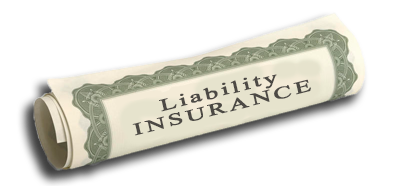
Civil and Penal Liability Insurance
For each of the participants of the Adventure Photo Tour, a Civil and Penal Responsibility Insurance is stipulated, the details of which are indicated in the appropriate form accessible from the button below.
|
|
|

|
 |
The area that will intrested our journey is very wide, especially in latitude. In fact we will move almost two-thirds of the entire parallel arc in the Northern hemisphere. It follows that the watchword, as regards the environments and the fauna will be "extreme variability". It is a journey of splendid and iconic landscapes but also of fauna and birds, small and large.
Never like now, therefore, our equipment will have to be extremely versatile. Or rather, we will have to be able to cover all needs because we can find ourselves photographing very wide landscapes, (wide-angle) but also the details of the landscape (medium zoom). And we will have to deal with large and close animals (medium zoom) but also small or far (tele lens with a teleconverter). In short, the equipment that we will have to bring, if we want to always be ready to cover every need, must be as complete and diversified as possible. |
 |
|
 |
main camera body |
 |
secondary camera body |
 |
wide lens like 16-35 mm or 24-70 mm (landscape) |
 |
tele lens zoom like 70-200 mm or 24-105 mm (landscape details) |
 |
telelens 500 mm + teleconverter 1,5 x (animals and details) |
 |
tripod |
 |
remote camera controller |
 |
strobo |
 |
ND and polarizer filters |
 |
batteries in advance |
|
|
 |
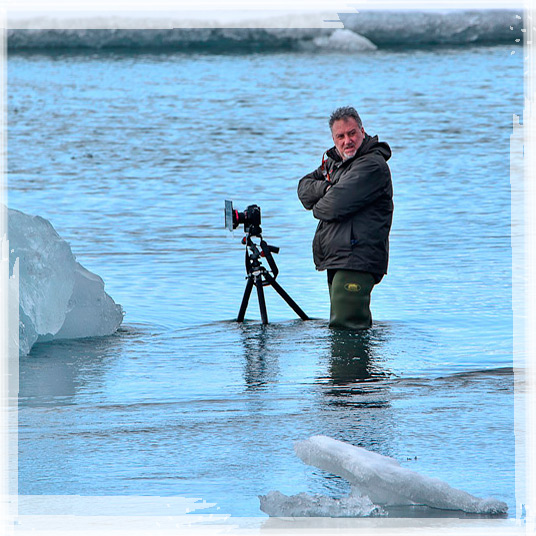
|
|

|
You will be accompanied on this tour by Alberto B. Scalia.
Alberto has a remarkable experience in the countries of northern Europe he has known for many years and he loves absolutely.
He has been a naturalist photographer for many years, has shot the world in search of exclusive landscapes and animals, building an enviable background of enlightenment.
Teacher in naturalistic photography in Latina, engaged in teaching naturalistic themes in schools of all levels, publics and private. Administrator in the organization and curating of international and national events such as exhibitions, photo competitions and cultural events, says about photography: "What the photographer has to have is passion in the experimentation. You should not be afraid to explore different or complicated roads. What pleases me more a beautiful photo taken is to convey the passion I put in that shot to a student who tomorrow will do likewise with someone else. " |
|
|
| |
* Important notice- disclaimer
|
| * |
The itineraries, costs and details of the Photo Tour will be subject to variations for all the causes that are independent of the organization's will, such as natural disasters and consequent flight displacement, variation of rates and taxes, modification of the tour plan etc.
Any variation will however be communicated as soon as possible to the participants. |
| * |
The Photo Tour will subjet to variationsin regardless to the commercial policies of Air Companies and Rental operators.
Every change will be communicated to partecipants with adequate advance. |
| |
|

|
|










































